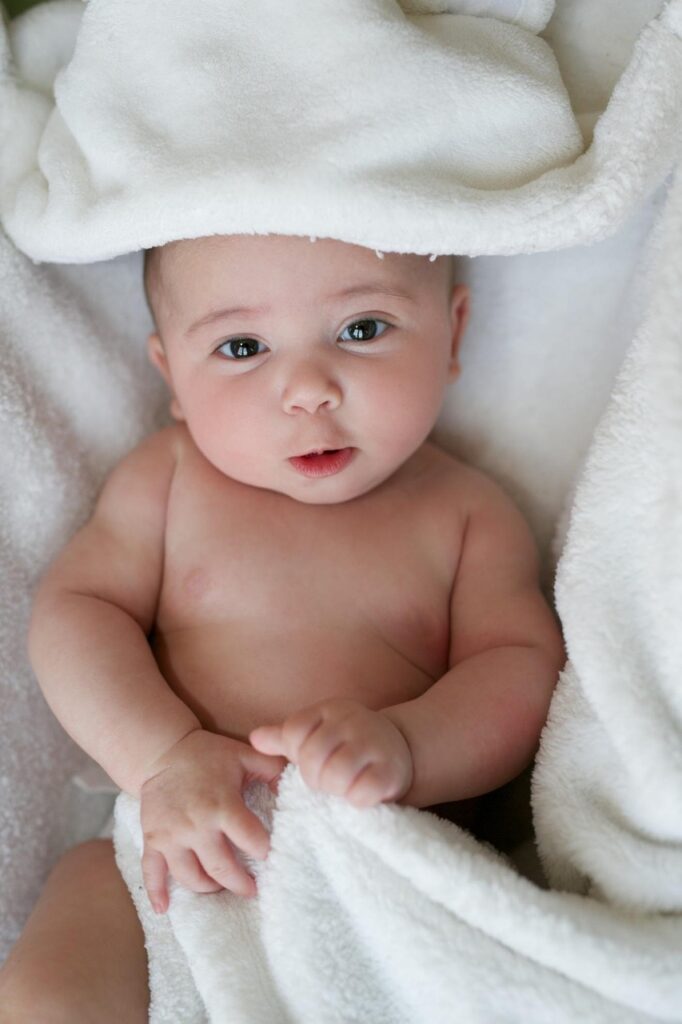
My husband and I were what might be referred to as late bloomers when it came to deciding to have children. When we first got together in 2000 and then got married in 2001, we were pretty much certain we were not going to have children. For one thing, I believed I was much too selfish to have children because, let’s face it, when you’re a parent, the world no longer revolves around you and that’s where I wanted the world to revolve. But we had a couple friend who had a baby when my husband and I were approaching what would be considered my obvious cut-off for having babies.
As I watched the way they engaged with their sweet babe and also engaged with us whenever we got together I began to realize that having and nurturing babies was not the all or nothing idea I believed it to be. In other words, even as they took care of their little baby boy, they also maintained a modified life outside of parenting. It was then that I realized I did want to have children and shortly after getting together with our friends and their new babe, my husband and I revisited the idea of a family.
It didn’t take long for us to get pregnant with our first (or our second) and as we celebrated our pregnancy and considered what was next, we looked into the different parenting options available to us. That’s where we discovered the approach of gentle parenting, and idea that many believe is pretty much another term for permissive parenting, but, in actuality involves a lot of hard work up front in order to create relationships and foundations that help make the teen years that we’re in now feel a whole lot differently than the typical view of parenting teens. For us, this translated into a couple of things where we spent a lot of time and energy. The first we referred to as lather, rinse, repeat, and the second involved the refrain, asked & answered.
That first aspect is exactly what it sounds like. It involved a lot of redirecting and scripting and repeating the things we wanted our toddlers to absorb and consider as positives—what we wanted them to focus on and understand as positives—rather than telling them what they shouldn’t do. Thus, lather, rinse, repeat as we guided them into those places where they could discover the good and the positive parts of their development under our guidance (similar in so many ways to the ways I see God guiding me as He leads me along the best paths for me).
The second one was a bit more, well, nuanced. Like all of us, toddlers like clarity and reassurance, and, in light of this, they tend to ask the same questions around the boundaries placed before them again and again and again. Basically, they want to know, they need to know, that things will work out the same way each time. In other words, the boundary holds true no matter how many times or ways they test it. Asked and answered was a familiar refrain for both girls as they explored their world and tested their boundaries.

Even now, those words remain a familiar refrain in my mind as I guide my girls through their teen years. Of course, they have taken on a completely different meaning, and, yet, they are similar. Because what I need and want my girls to know and understand is that they have the information they need for their next steps. Even more, what I need and want me to understand is that now I get to listen and understand. Now, when I think about the words, asked & answered, I apply them to myself. If I ask questions, if I engage my teenagers in conversation, it’s up to me to listen. It’s up to me to put down my phone and put away my distractions and listen to their words.
Truly, I want to hear what they have to say. I want to provide insight if they want it. I want to offer support when they want it. I want to be their safe space to express their emotions and to process their uncertainties. I suppose, in this way, our roles are reversed. It’s my turn to test the boundaries and for them to respond. It’s their turn to let me know if I’m asking questions they have already answered. It’s up to me to listen, to be present, to participate actively in their journey. When they were young, I was in the lead. Now that they are teenagers, I get to walk alongside them. If I have done their younger years well, I get to participate with them and accompany them as they determine their next steps and possible directions. In other words, asked and answered takes on a whole new meaning as they provide the answers and I listen and cheer them on.
